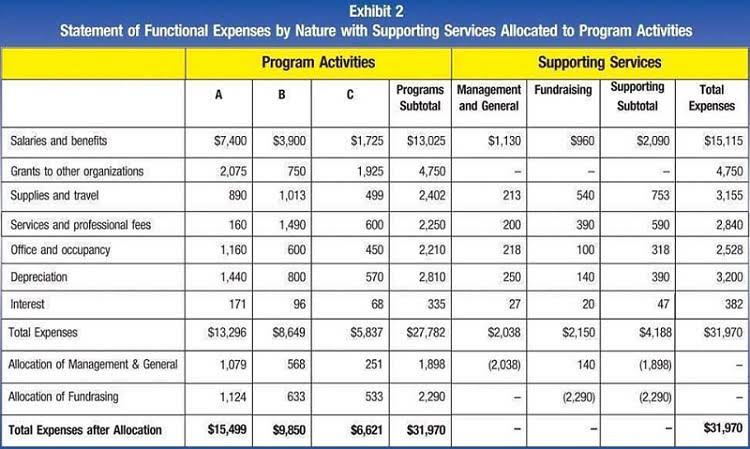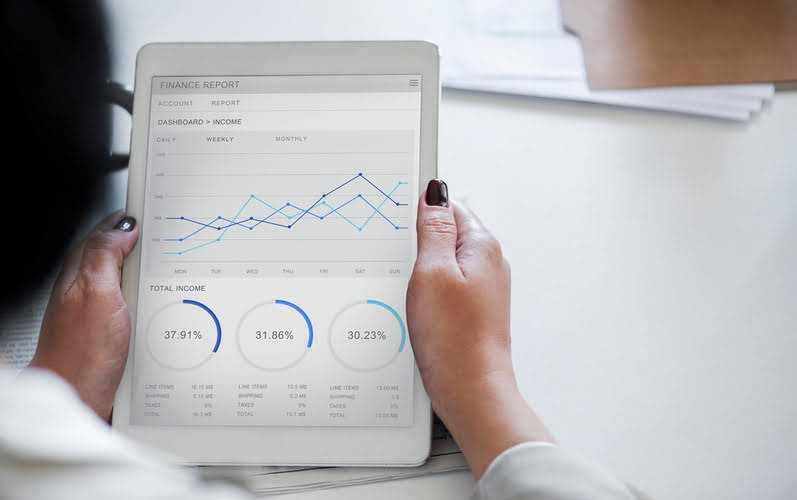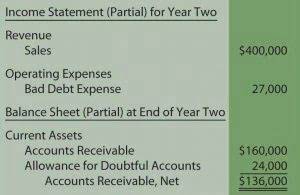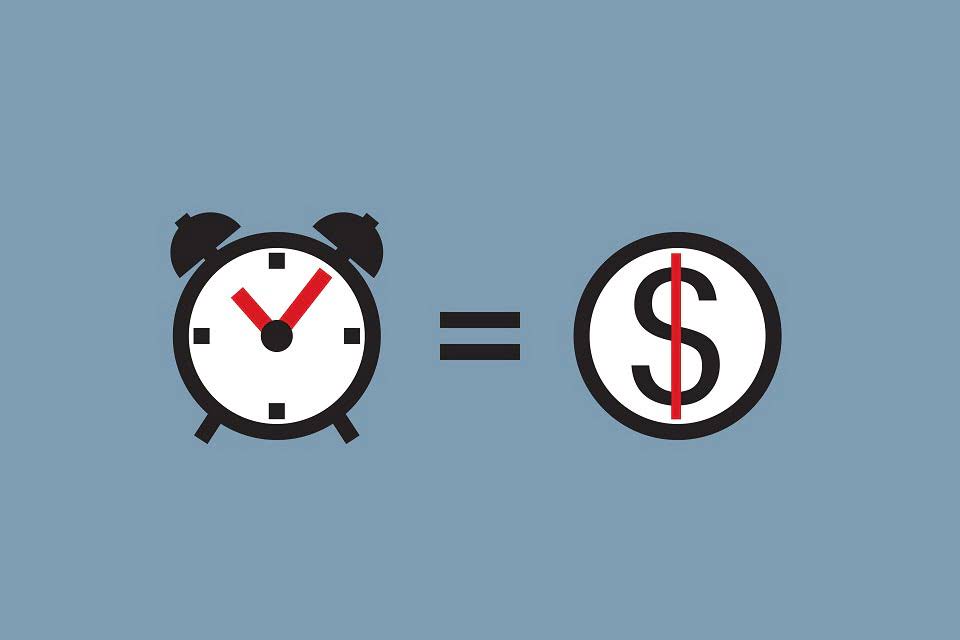
This growth rate is 100–200 basis points higher than both analyst consensus and our underlying market growth projections and this level of EBITA delivery is 100–200 basis points above current levels. Looking forward, our forecasting indicates that consumer goods growth will rebound to an inflation-adjusted 3–5 percent, which is half of what it was in Era 1. CPGs now need to work much harder to generate growth, and share steal has become more important. This income statement category encompasses a wide array of everyday items such as t-shirts, jeans, sneakers, and hats, which often see high turnover due to changing fashion trends and wear and tear. Spanning a diverse array of everyday items, household CPG products are those that help keep our homes organized, clean, and running smoothly.
Informing Product Development
- In addition, the company grew nearly 400% in 2022 and surpassed $100 million in revenue.
- The relaxation trend sees at-home beauty device startups enabling affordable DIY facials.
- Big Data in CPG and advanced analytics opens the floodgates of opportunities for CPG companies to use data to their benefit.
- As we step into 2025, the Consumer Packaged Goods (CPG) industry finds itself at a pivotal moment of transformation.
- Key factors influencing competition include innovation in product offerings, sustainable practices, and the ability to adapt to changing consumer preferences.
- In fact, the CPG industry spends more on advertising than any other sector in the United States.
- Discover how AI is transforming shopping, search, and product experiences, and why clean, structured data is the key to staying competitive in the next era of commerce.
CPG stands for consumer packaged goods, while FMCG stands for fast-moving consumer goods. The difference lies in the frequency of purchase and the shelf life of the products. CPGs are products that are used daily and have to be replenished frequently, such as food, beverages, personal care items, and household products. FMCGs, on the other hand, are products that are sold quickly at a low cost, such as soft drinks, toiletries, and snack foods.

The role of consumer behavior in CPG trends

As a general rule, FMCG refers to products that consumers use (almost) every day. However, you can think of FMCG as cpg accounting a subset of CPG, as a group of products that just sell a bit faster than most. Technavio presents a detailed picture of the market by way of study, synthesis, and summation of data from multiple sources.
Sustainability and Ethical Sourcing
- The global health and wellness market value is projected to reach $5.45 trillion by 2032.
- This may involve the use of conjoint analysis, customer segmentation, and willingness-to-pay studies to determine the optimal price points that balance affordability, perceived value, and profitability.
- For example, in cleaning products, concentrated formula capsules embedded in dissolvable packaging eliminate single-use plastics.
- And, 70% of consumers say they’ve purchased more products aimed at improving the aging process this year compared to previous years.
- When it comes to “consumer goods,” nearly half of respondents prefer products that are clinically proven.
In the early stages of the pandemic, Bookkeeping for Etsy Sellers the CPG sector experienced significant disruptions in supply chains, with factory shutdowns, labor shortages, and logistical issues impacting production and delivery schedules. Retailers, especially those relying on brick-and-mortar stores, faced reduced foot traffic as lockdown measures and social distancing protocols forced consumers to shift to online shopping. This sudden change accelerated the growth of e-commerce, with CPG companies quickly adapting their strategies to enhance their digital presence and direct-to-consumer channels.

Cloud and supply chain transparency

CPG portfolio management should relentlessly focus resources on the most promising categories and geographies. This requires developing a robust planning process to allocate resources—talent and management, as well as funding. Best practice involves reallocating at least 5 percent of those resources each year. This is easier said than done, however, as it requires revamping annual planning processes to allow more top-down opportunity prioritization. Now more than ever, CPG companies need strong portfolio management to reshape their current portfolio and extend it into new businesses, expanding their access to sources of profitable growth. To return to top-quartile performance across industries, CPGs will, on average, need to deliver 4–5 percent annual top-line growth at 15–16 percent EBITA (Exhibit 4).